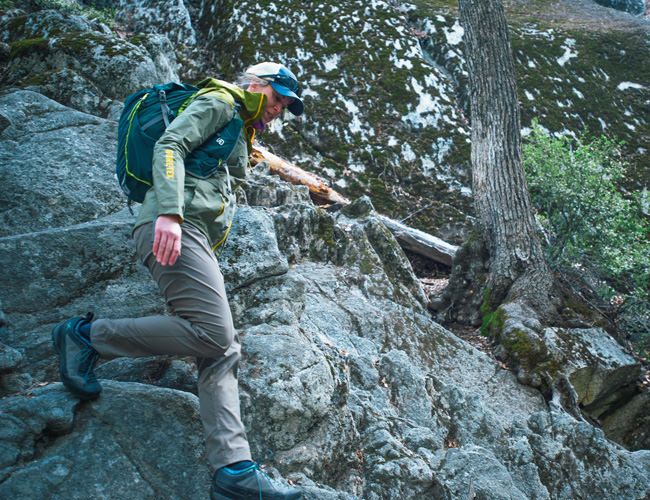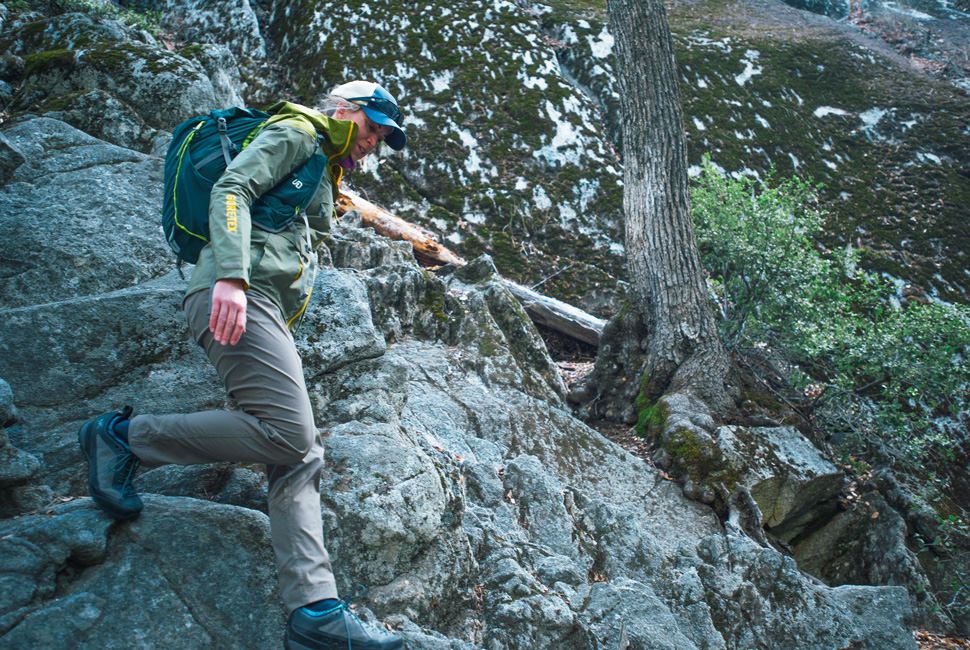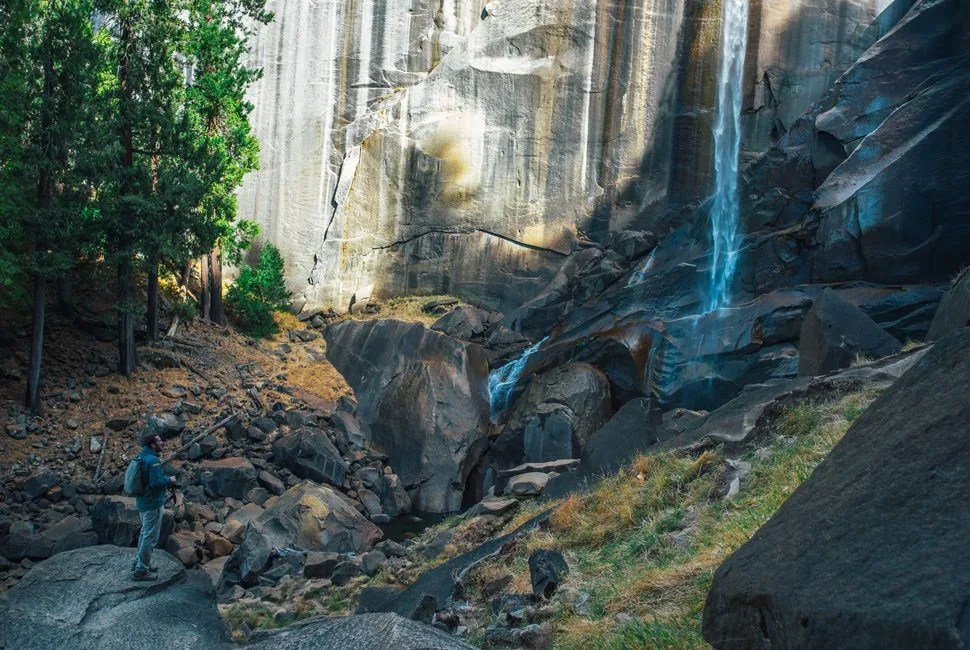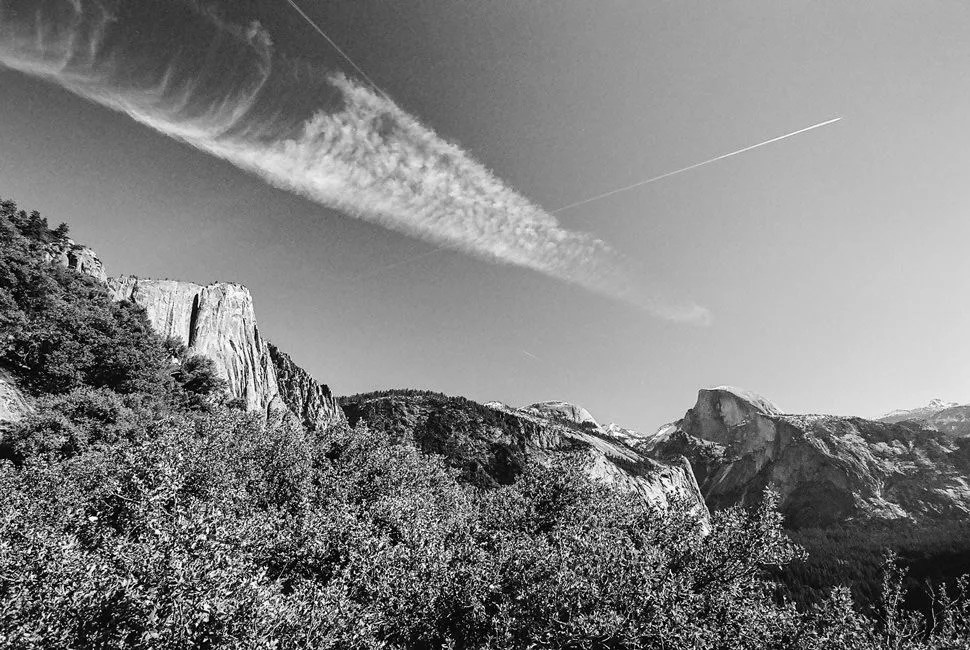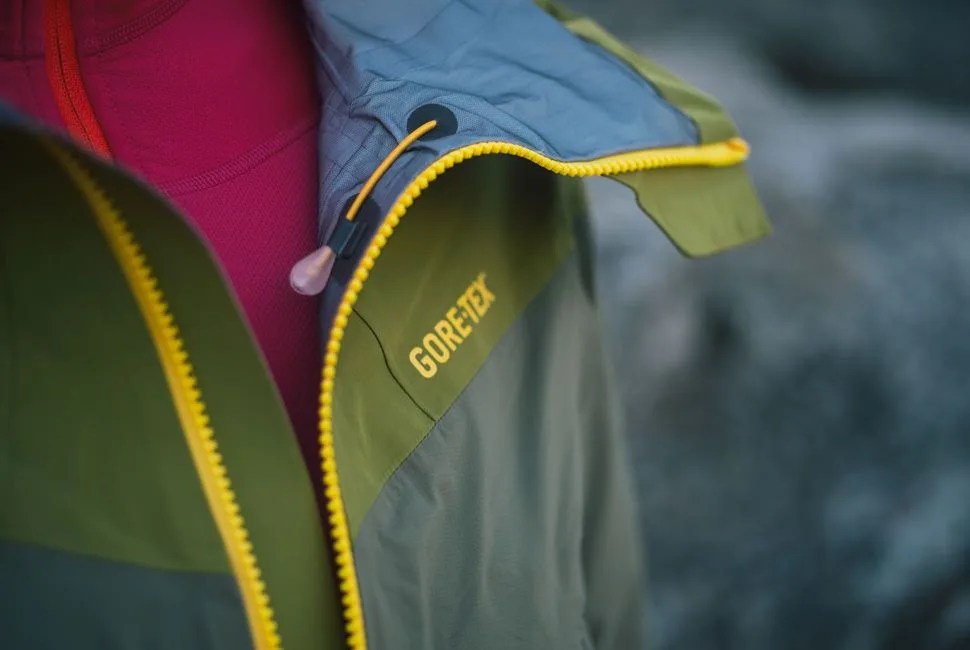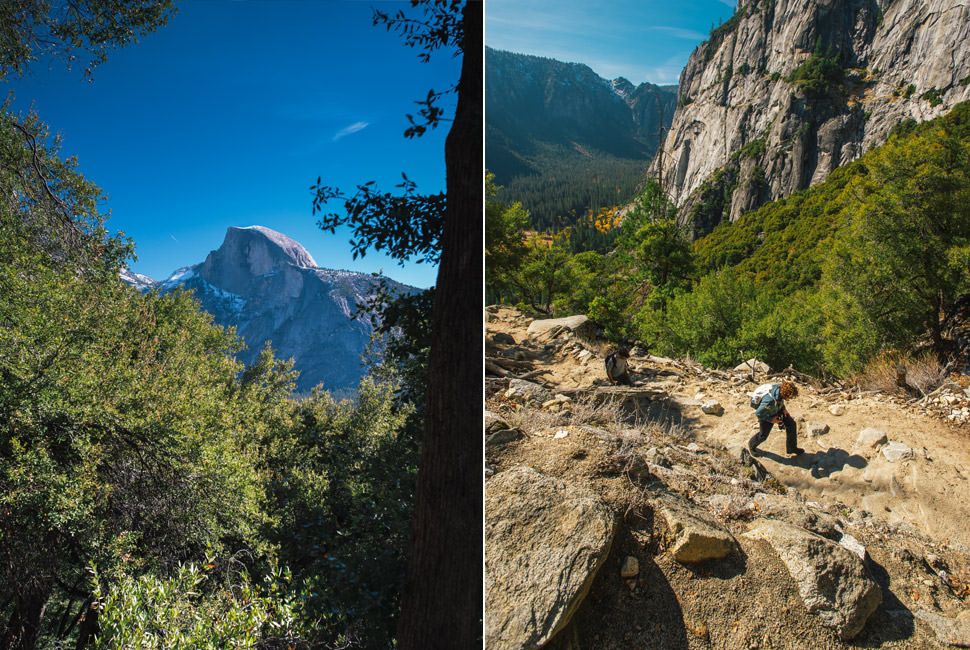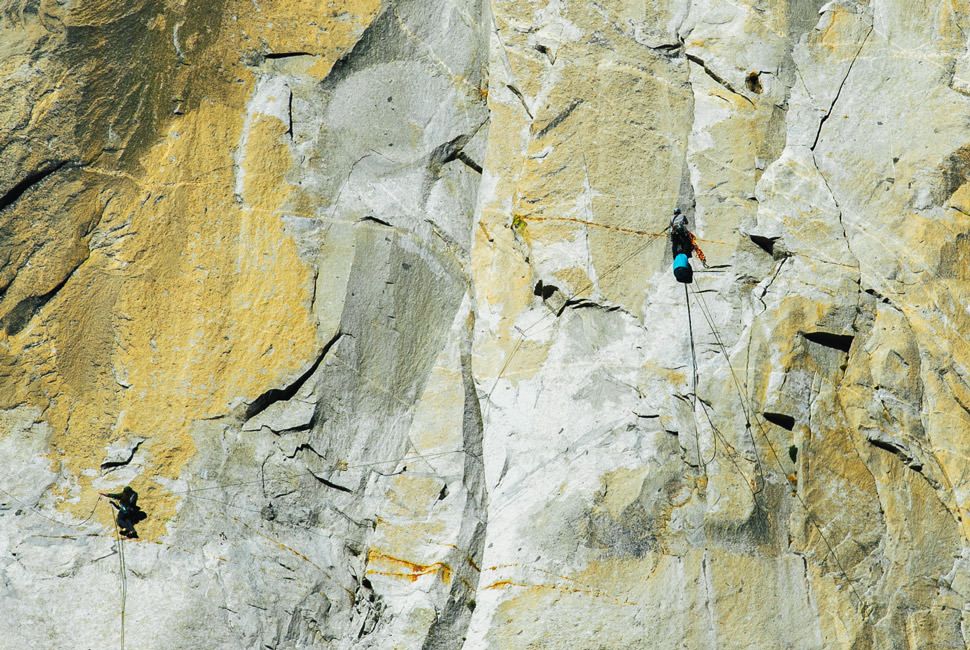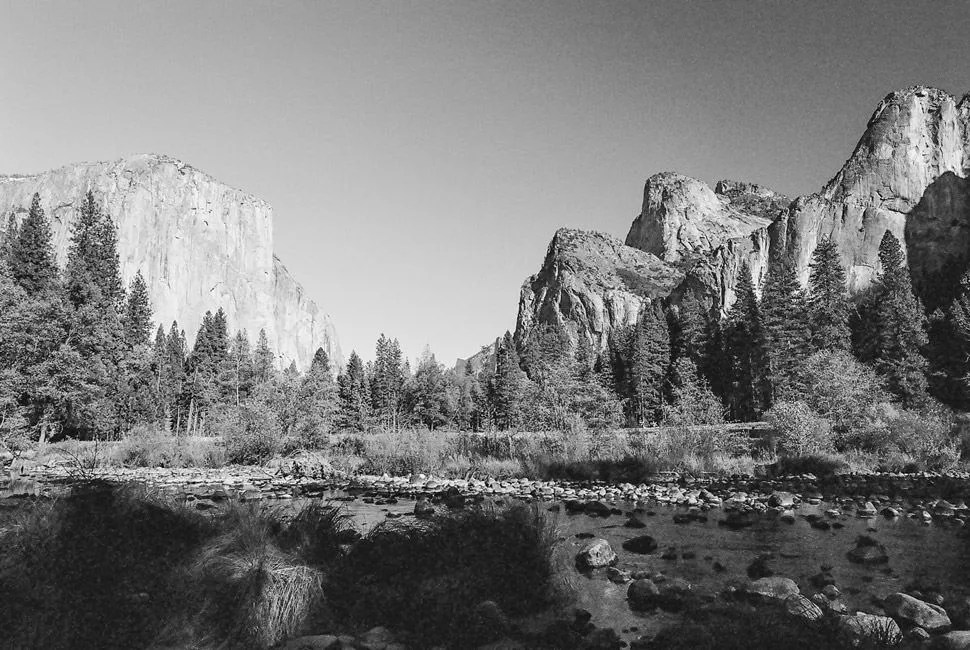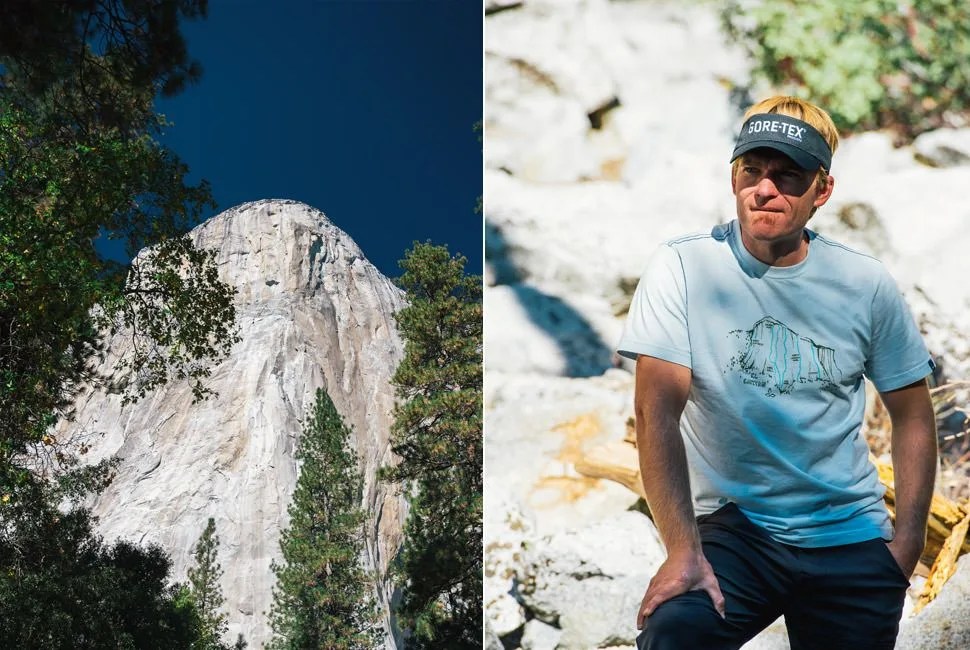9 photos
In 1978, legendary mountaineer Reinhold Messner held a press conference to discuss his forthcoming ascent of Mount Everest without supplemental oxygen. After the press conference, engineer Bob Gore begged for a moment of Messner’s time for a small demonstration. He stretched a film of his company’s new polytetrafluoroethylene (PTFE) film across the top of a steaming cup of tea and held his sunglasses above the cup. The glasses immediately fogged up. Messner was impressed with this new breathable membrane and asked if Gore could make him a tent out of it in three days so that he could take it with him to Everest. Savvy businessman that he was, Gore promised he would — and the rest, as they say, is history. Messner and his partner, Peter Habeler, became the first to summit Everest without supplemental oxygen and Gore-Tex went on to become the gold standard for waterproof, breathable outerwear.
MORE HIGH-TECH OUTERWEAR: Best Down Jackets of 2014 | Behind the Scenes at Canada Goose | Best Rain Jackets of 2014
Today Gore-Tex’s own ubiquity has led to the dreaded “Band-Aid” phenomenon, whereby every waterproof/breathable jacket is called “Gore-Tex” whether it is or not. But ask almost any mountain guide or pro skier in the world and you’ll find their standard kit still includes the genuine article. Gore-Tex’s response seems to be continuing forward in their R&D efforts to stay ahead of the competition. The latest example: their new “C-Knit” technology, which will debut in Gore-Tex-equipped jackets in 2015. We were invited out to Yosemite National Park to get a first look at the new jackets and try them out.
Yosemite needs no introduction: it’s a hiker’s bucket list destination and one of the most photographed spots on Earth. It also happens to be in the midst of a severe drought, which made for dry waterfalls, parched meadows and an ironic place to review a new rain jacket. But there’s always the breathability to be tested and hours of steep hiking was perfect for that.
“Breathability” is a misnomer, according to Matt Decker, Comfort Scientist (yes, that’s his title) at Gore-Tex. “Vapor transfer permeability” is a better term; the fabric allows the vapor from sweat to pass through from the inside. This function is the key to staying comfortable in a rain jacket and keeping a climber from overheating on the ascent and dying of sweat-chilled hypothermia on the way down. It’s also the principle upon which Gore-Tex made its name and which Bob Gore demonstrated with that steaming teacup back in 1978.
The new C-Knit membrane that Gore-Tex debuted at Yosemite is aimed at the large and diverse market of hikers, trekkers and skiers that use their outerwear for a variety of uses. This is their standard product line and the one most people are familiar with, set apart from its heavy duty “Pro” line and the minimalist “Active” line, both of which target more specific and hardcore crowds. The C-Knit brief was one of improved breathability, lighter weight and a softer feel. Gore engineers turned to Japan, arguably the leader in textile development, for a weaving technology similar to that used for pantyhose. The resulting fabric, C-Knit, is feather light and soft to the touch, perfect for the innermost layer of the new Gore-Tex fabric, bonded to the waterproof-breathable ePTFE membrane. After two days hiking up and down rocky trails in mixes sun and shade, we found C-Knit wasn’t tacky or clammy like so many other jackets of its ilk, even when the inside became a greenhouse from exertion.
